The journey took just over an hour and as the weather was excellent all the windows were fully open in the carriages.
You could also stand on small open platforms at both ends of each carriage which was good.
Although I enjoyed the journey from St. Valery to Norelles Sur Mer where the railway runs along the bay, the best part for me was the second leg of the trip to Le Crotoy where the track runs alongside fields, over small brooks and streams and across winding stony farm tracks.
A number of famous people have used the train in the past - One name that stood out for me was Jules Verne who for a time lived in le Crotoy.
The railway was originally opened in 1887 to bring tourists into the Somme Bay area and transport local produce such as shingle, beetroots and sea shells.
In the early 1900's the railway ran along a long trestle bridge which carried the line between 4 and 5m above the marshes, this has since silted up and the line now runs along an embankment for much of its length.
In the 1960's the railway closed due to competition from road transport but was reopened in 1970 by a group of railway enthusiasts who run the line to this day as a non-profit preservation society.
She was built in 1906 in La Courneuve (Paris) by the company Corpet Louvet (No.109 Factory 2) for Aisne Iron Departmental. She mainly worked the meter gauge line between Soissons and Rethel.
Most of the time the bay is a vast grazing area for the salt meadow sheep which move in large numbers across the landscape.
Amongst the grassland are areas of marsh and wetlands comprising ponds, ditches and channels where reeds, rushes and aquatic plants grow freely. More than 300 different species of bird make a migrating halt or spend the winter in the area each year.
I was expecting the same train to take up all the way to Le Crotoy but they change trains at Norrelles Sur Mer.
The track at Norrelles Sur Mer runs alongside the modern railway line and station - The steam trains and modern trains spent some time 'whistling' to each other, something I imagine happens every day.
No. 15 dates from 1920 and was built in Belgium by Haine St Pierre
This photograph is puzzling - The perspectives dont look right.
The engine shed looks like it is on a slope which it wasn't. If I straighten the photograph to make the engine shed look right the tower looks like it is falling over - very strange.
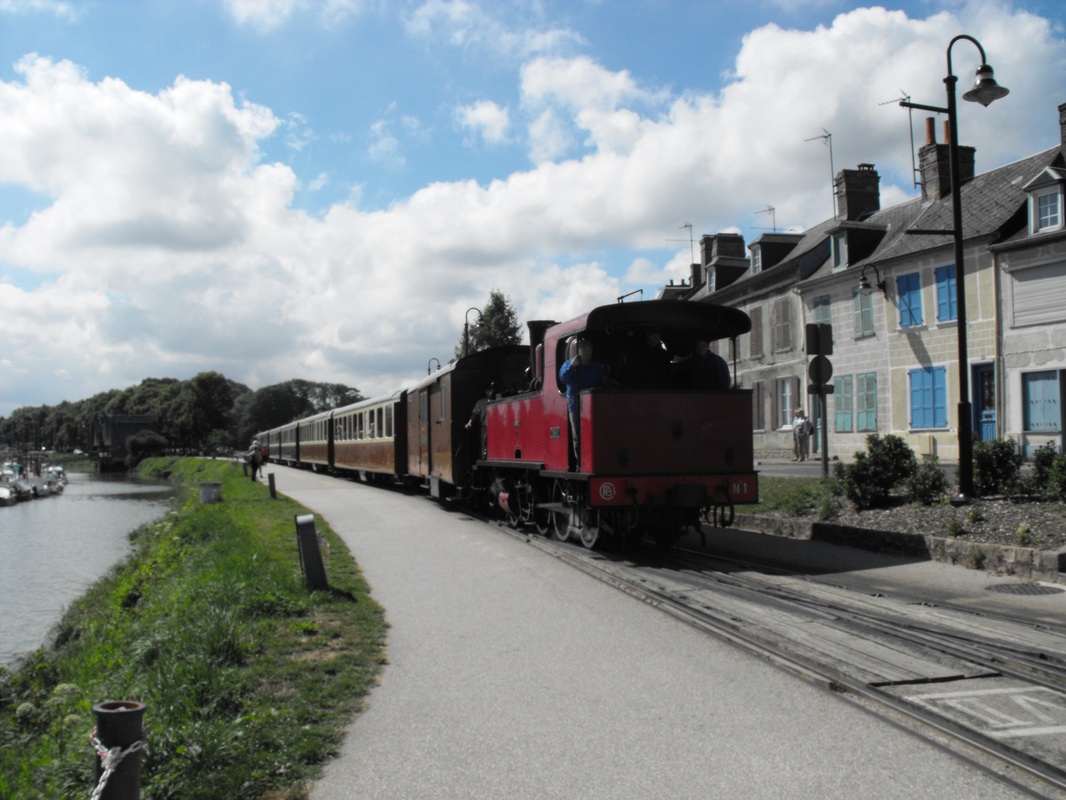
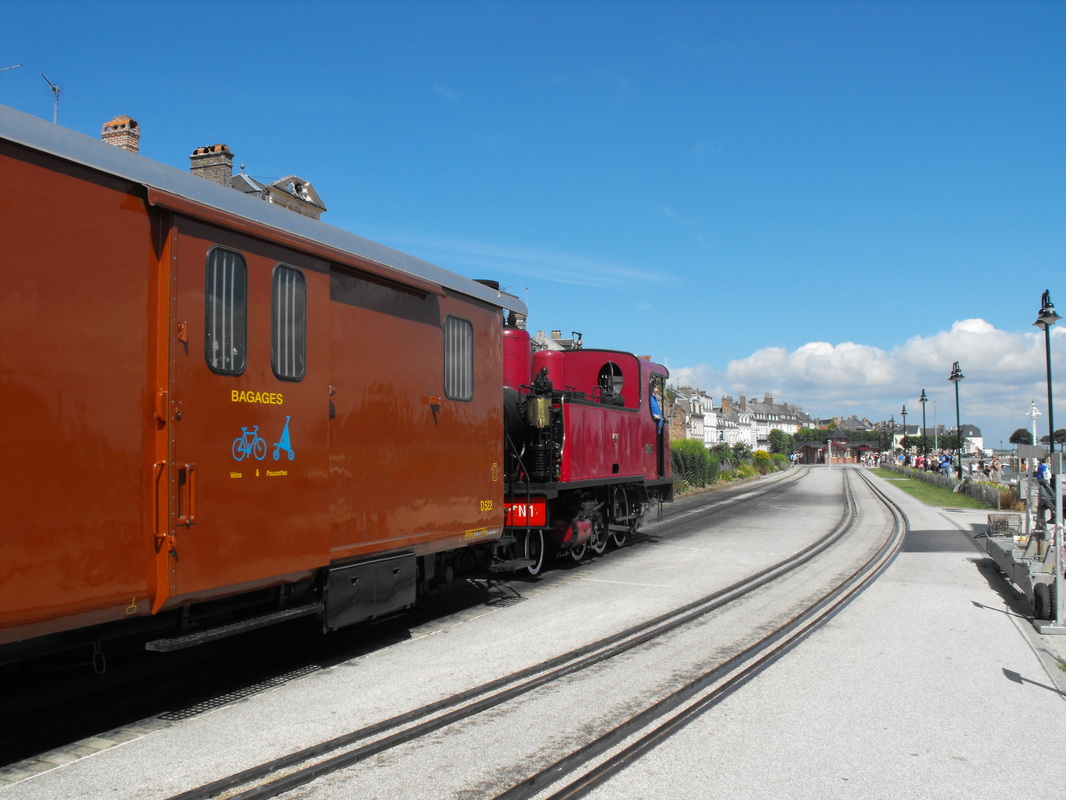
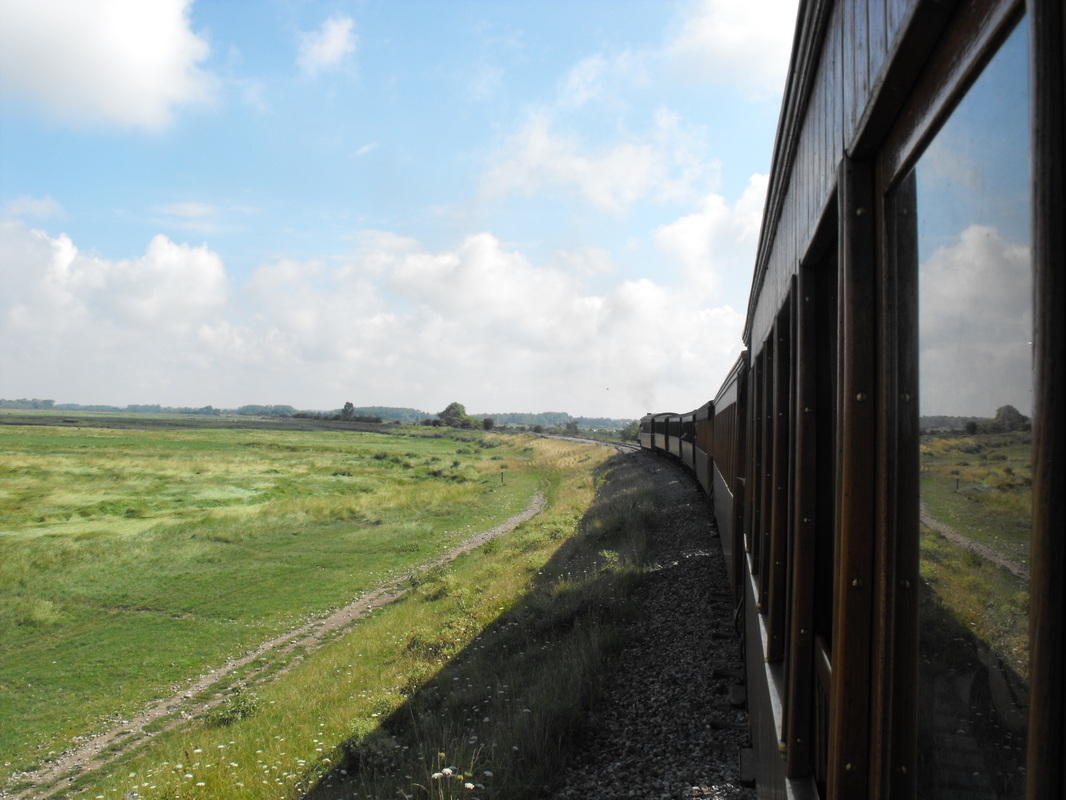

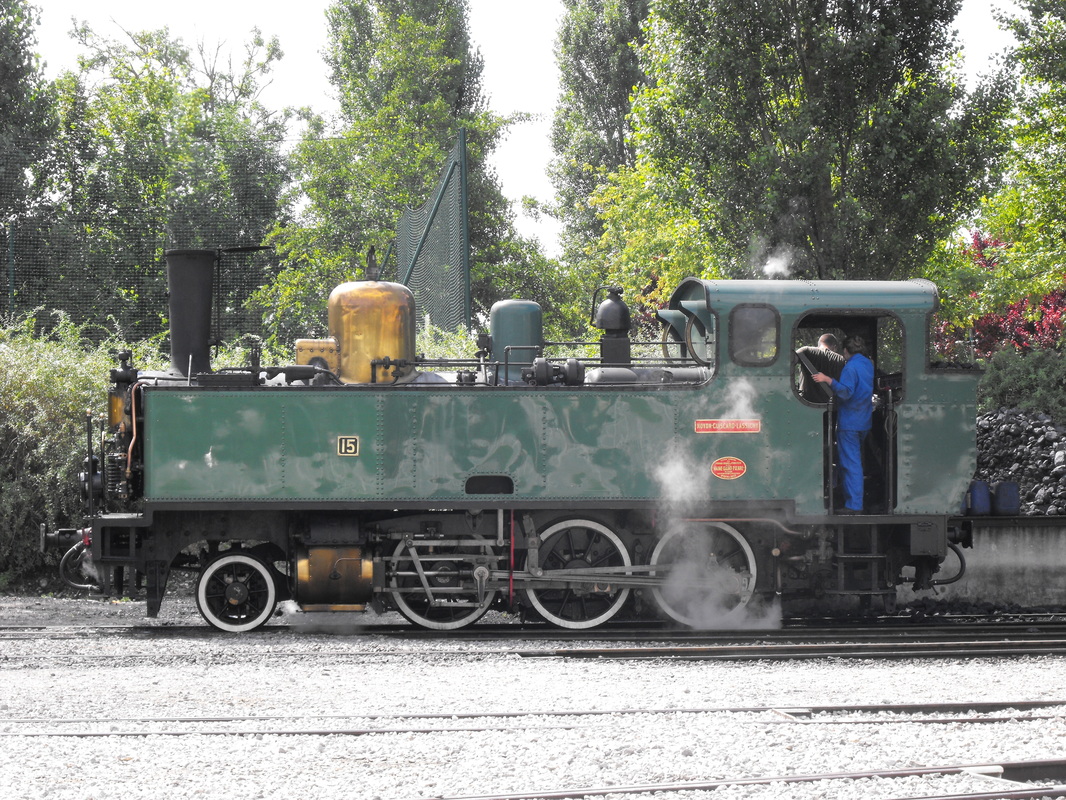
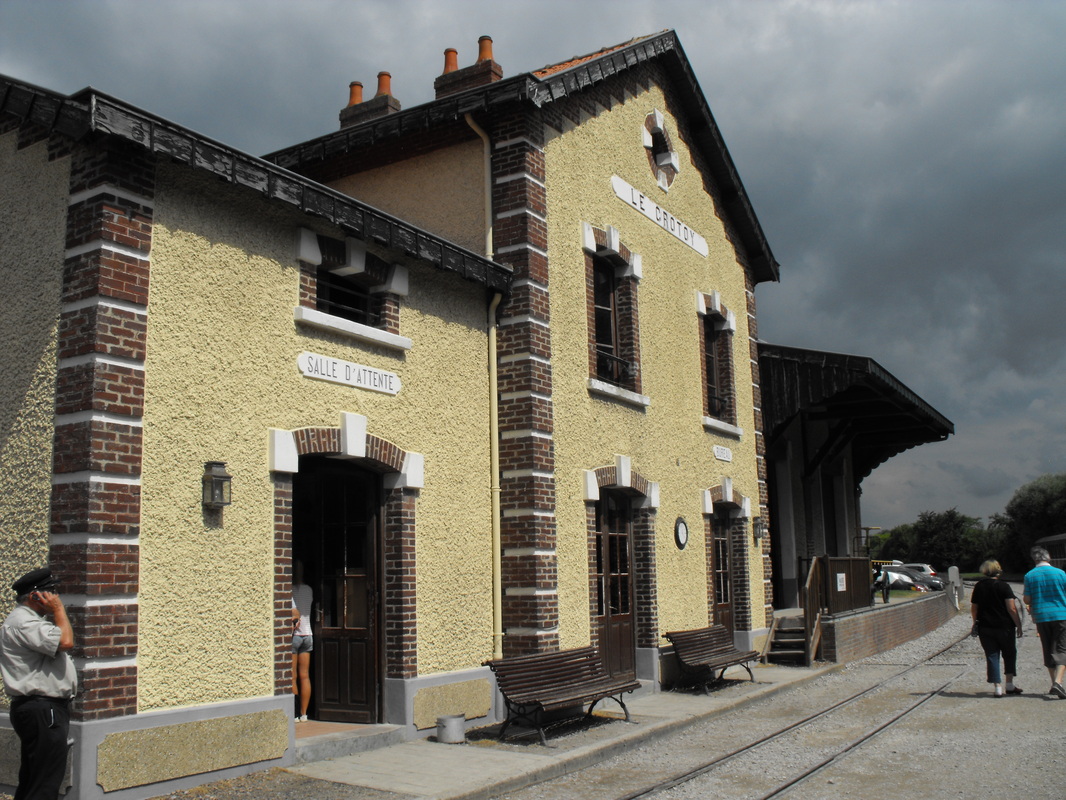
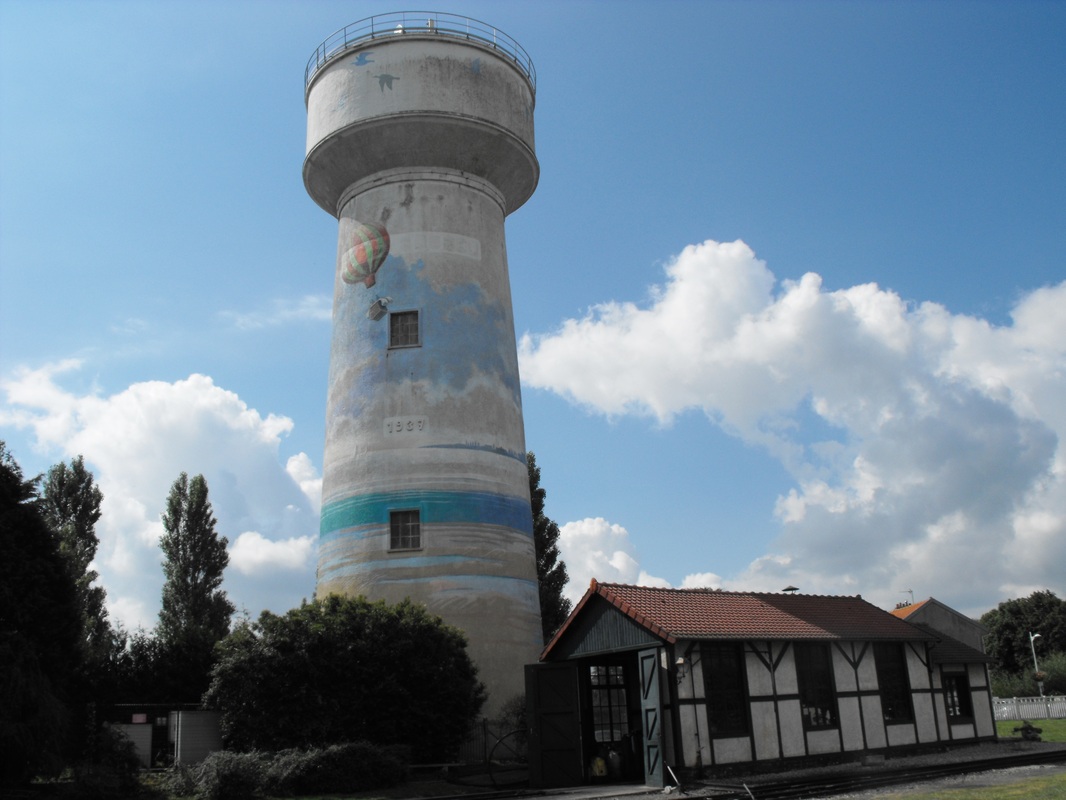
 RSS Feed
RSS Feed
